Families mourn young hostages shot dead by Israeli soldiers
They walked out bare-chested and carrying a white flag of surrender. But that couldn’t save three Israeli hostages from their would-be rescuers.
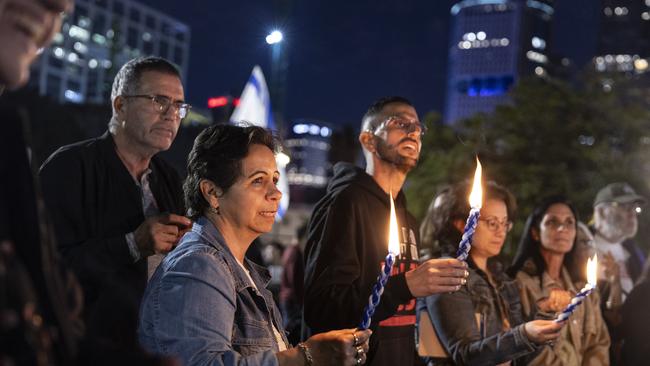
About 10am on Friday, three young Israeli men walked out on to a ruined street in northern Gaza holding a makeshift white flag. Their names were Yotam Haim, Alon Shamriz and Samer Talalka, and they had been kidnapped by Hamas on October 7.
After being held hostage for more than two months, they were just 100m feet from safety. In a building close by were Israeli soldiers who had advanced into Gaza, tasked with liberating the hostages and destroying Hamas.
Moments later the three hostages were shot at … not by their captors, but by their would-be rescuers.
According to an officer in the Israeli Defence Forces, citing an internal investigation, an Israeli marksman saw the three men.
They were bare-chested and carried a stick hung with a piece of white material, coming out of a building in the Shejaiya neighbourhood of northern Gaza, which had been the scene of intense fighting.
Believing them to be Hamas “spotters”, the marksman opened fire from his position inside a building a few dozen metres away from them, shouting “terrorists”.
He killed two of the men. A third, who had been hurt, managed to make it back into the building.
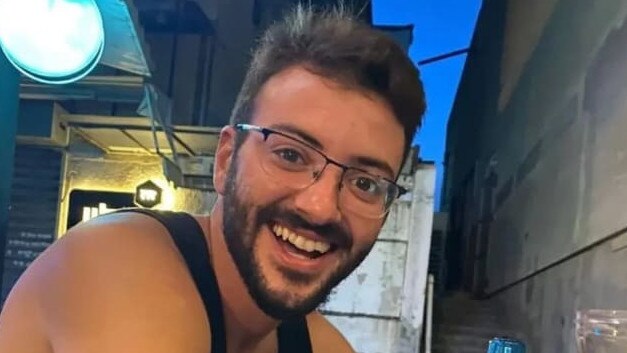
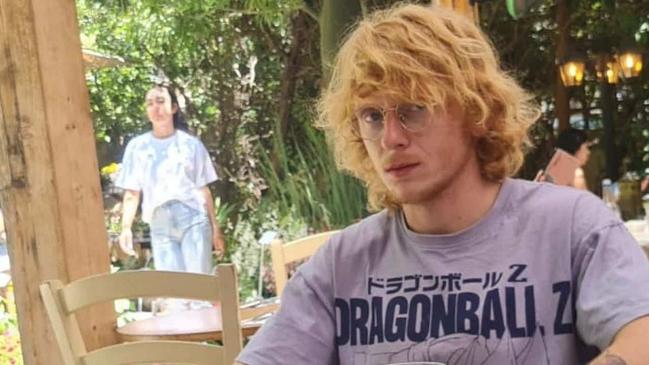

IDF troops nearby allegedly heard him shouting for help in Hebrew. An Israeli commander in the building where the marksman was stationed called for his soldiers to hold fire. But when the third man emerged again, IDF troops shot him. It was only afterwards that they realised what they had done.
The IDF claims that both the marksman who shot the first two men and those who shot the third were acting against firing orders, which would prohibit the targeting of people holding a white flag and dressed in civilian clothes.
Yet amid spiralling deaths in Gaza, the fate of the three Israelis has severely weakened the IDF’s repeated claims that it takes extreme precautions to avoid civilian casualties.
So far, according to the Hamas-run health ministry in Gaza, at least 18,000 people have been killed, most of them women and children.
On Friday night (Saturday AEDT), the largest protests to date took place, with hundreds gathering in Tel Aviv
It was too late for Talalka. The 25-year-old was the eldest of eight children from a Bedouin family in the southern Israeli village of Hura who had been working in Kibbutz Nir Am, by the border fence, when he was kidnapped by Hamas.
His father, Fuad, had travelled to France and the US to put pressure on the international community to help get his son back. Instead, on Friday, he washed and wrapped his son’s body before burying him in a Bedouin cemetery.
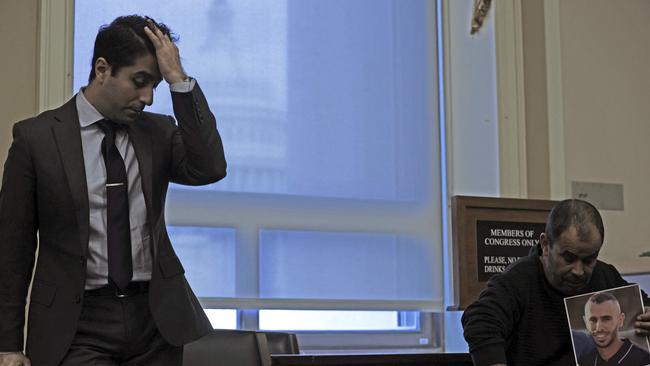
Sitting outside a tent where mourners had gathered, he spoke of his son, and the future he would never have.
“This was his dream, he was going to get married next year and have his own home. That house was for his wife and future children. Now it is all gone. It is a reminder of our pain,” he said, taking long inhalations from his hand-rolled cigarette.
“He was a lovely boy, a lovely son, everybody loved him. You can see the whole community is here.
“He was not a soldier, he was working on a chicken farm at the time when [Hamas] took him.
“He had nothing to do with this war and now he is gone.”
The sound of women shrieking and screaming from his family home cut through the silence. A relative said one of the voices was his mother.
Elsewhere in Israel, Haim, 28, and Shamriz, 26, were also being mourned by their friends and family. Both were from Kfar Aza, a kibbutz that was devastated in the Hamas attack on October 7.
Haim was a red-haired musician who played the drums and loved Italian food. Shamriz was a computer engineering student who loved playing basketball.
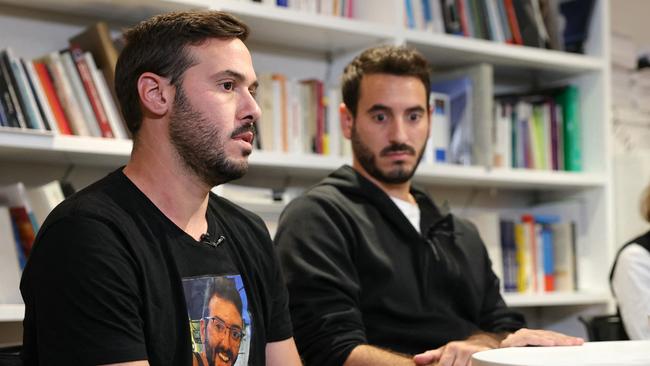
The government of Prime Minister Benjamin Netanyahu has maintained that continuing the military attacks will pressure Hamas to negotiate.
Until now, the IDF’s main concern for harming hostages held by Hamas was that they could be killed in Israeli bombardment targeting buildings or tunnels.
Yet these three hostages were killed out in the open, in a neighbourhood where some of the fiercest fighting between the IDF and Hamas has taken place in recent days. On Wednesday, nine Israeli soldiers were killed there.
A few days before the Israeli hostages were killed, IDF soldiers had found a building nearby marked with the words “SOS” in English and “help, three hostages”, according to an officer who briefed the media on the event. They had thought it was a trap.
Another IDF officer called the shooting an “awful mistake” and “dystopian”, adding: “But at the same time, we have seen cases in that area where Hamas have used people in civilian clothes and white flags to lure soldiers into ambushes. It’s an impossible situation.”
The IDF has said it is launching an investigation into the incident.
Among questions being examined by Israeli commanders is whether the hostages had escaped their captors or were abandoned by them, and if so, how long had they been in the area trying to contact Israeli forces. Another question is why the soldiers were not under orders to be aware of the presence of hostages. Most of the estimated remaining 130 captives were thought to have been taken to southern Gaza.
The shootings have fuelled the debate within Israel over the objectives of the war. Families of the hostages have called on the government to prioritise negotiations for the release of their loved ones, while the government’s position has remained that continuing the attacks will put pressure on Hamas to negotiate.
On Friday night, after the deaths of the three hostages, the largest protests to date took place, with hundreds gathering in Tel Aviv, calling on the government to “bring them home”.
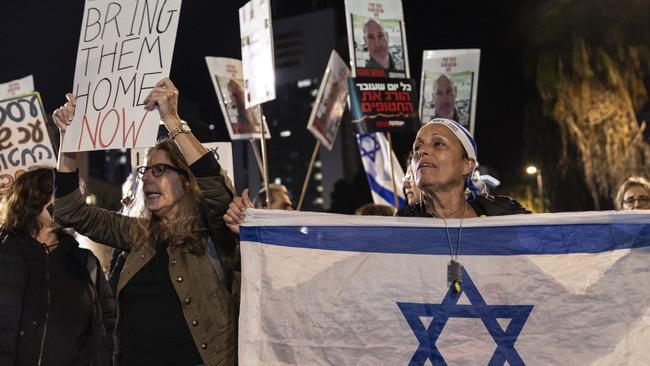
For the people of Gaza, the killing of civilians by the IDF is a daily reality. On Saturday, the Latin Patriarchate of Jerusalem said two Christian women – named as Nahida and her daughter Samar – were shot and killed inside the Holy Family Church complex in Gaza. Liberal Democrat MP Layla Moran said relatives of hers were among hundreds of civilians trapped there and “days away from dying” without access to food and water.
On Friday, Samer Abu Daqqa, a cameraman for the Al Jazeera Arabic media network and a father of four, was killed in Gaza in an apparent Israeli drone strike.
“He was left to bleed to death for over five hours, as Israeli forces prevented ambulances and rescue workers reaching him,” Al Jazeera said.
The IDF refused to confirm whether he was killed in an Israeli strike. In a statement, it claimed it did not target journalists.
Abu Daqqa was buried on Saturday in Gaza, his helmet and blue flak jacket – marked “Press” – placed on his white shroud.
More than 60 journalists and media workers have been killed in Gaza since the beginning of the war, according to the Committee to Protect Journalists.
The Sunday Times



To join the conversation, please log in. Don't have an account? Register
Join the conversation, you are commenting as Logout